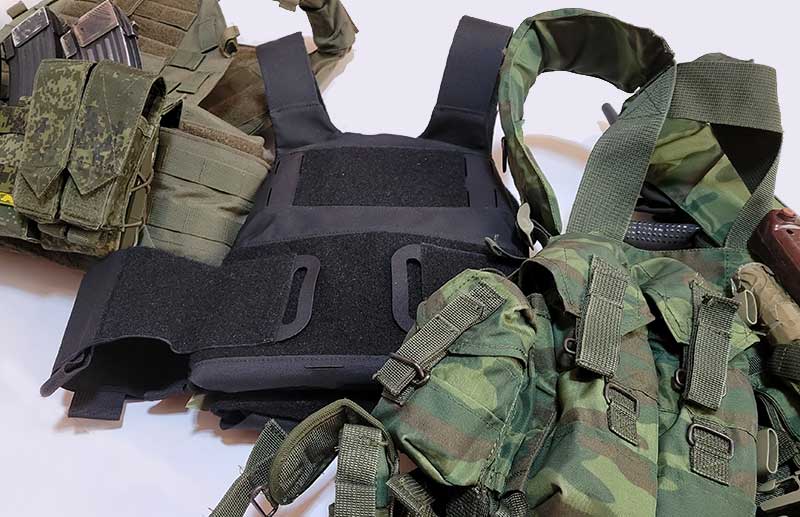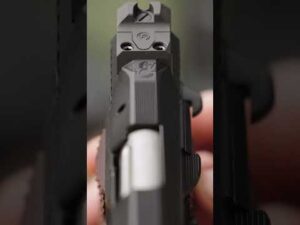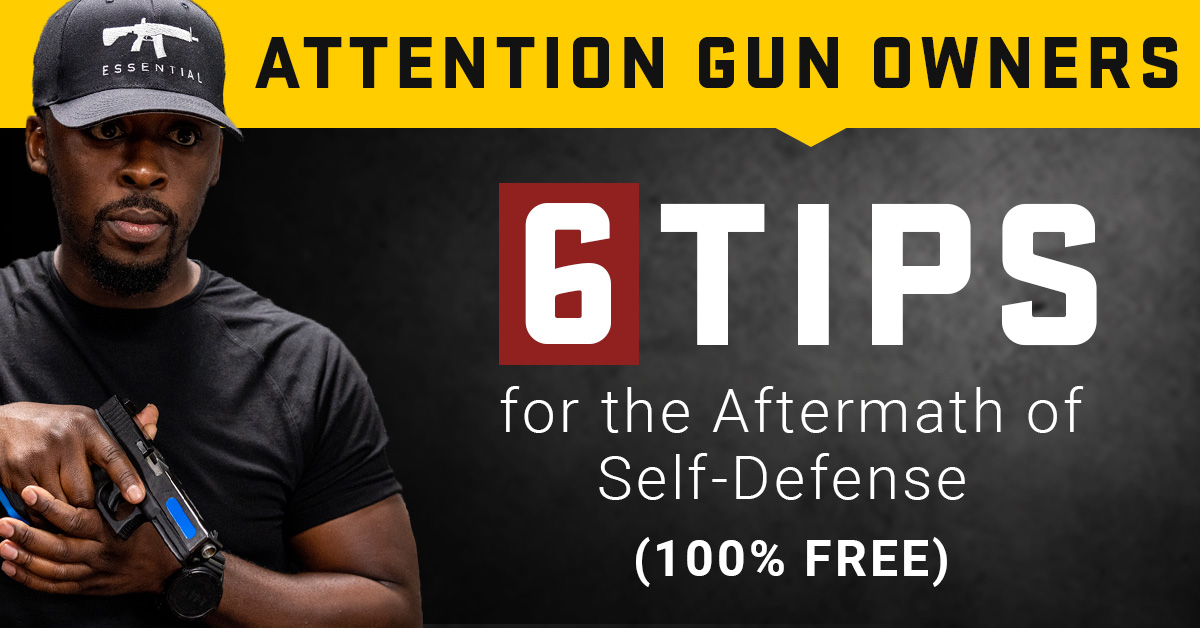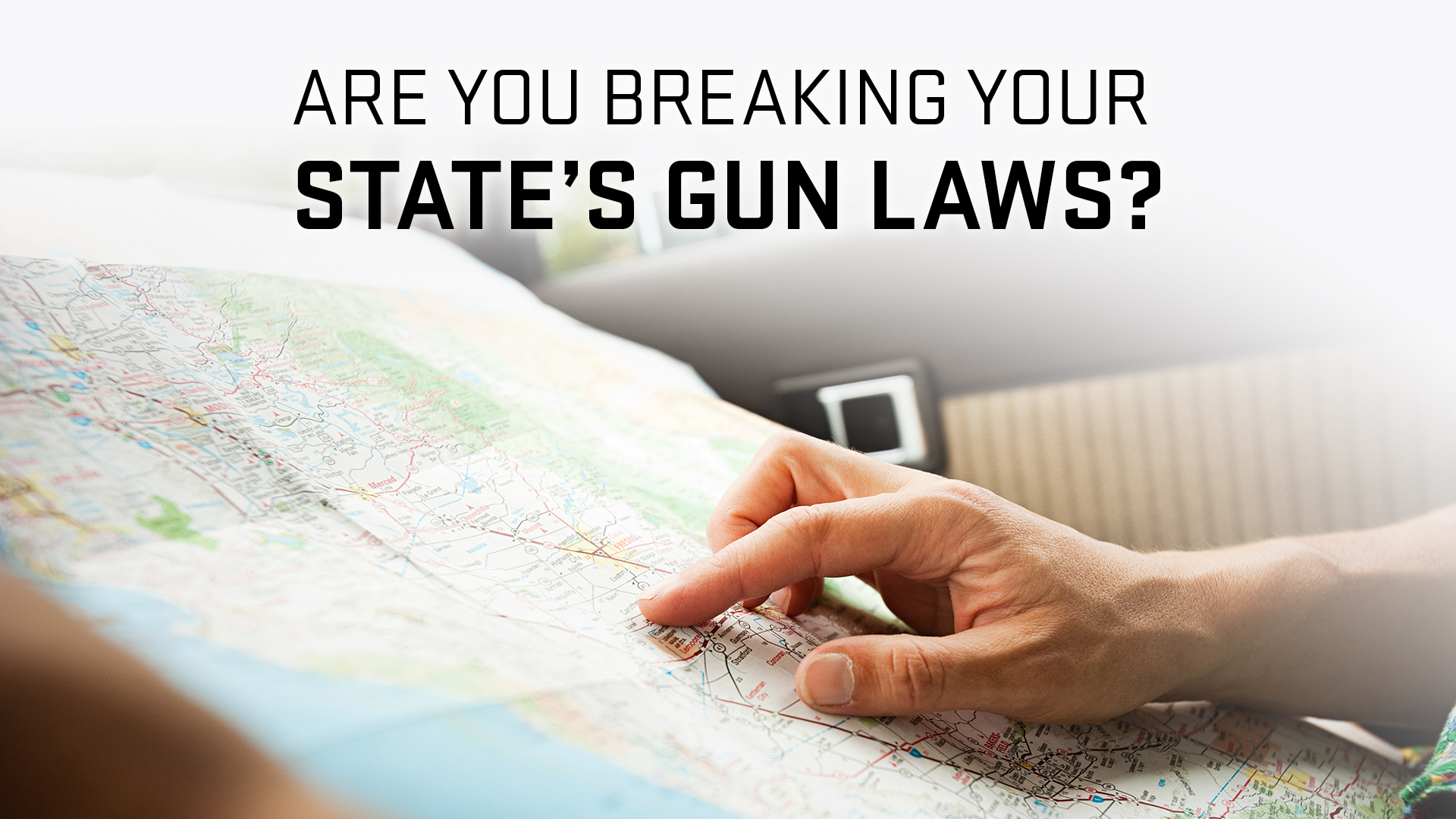There are many ways to transport your armor and gear. Here are some tips to help you choose the right plate carrier setup. There are two main differences in plate carrier setups. One is whether you attach your gear to the carrier or use a chest rig or load-bearing device (LBE) to do so. Each mission will have different requirements, which can impact the best plate carrier setup for that particular day. We’ll be discussing the pros and cons of each system for the everyday man and trying to determine which one is best for you. A traditional plate carrier setup allows for the vest to hold the armor plates to also be used for extra gear. Plate carriers should not be used as a replacement for backpacks. They should be used only for carrying items that can be quickly accessed, such as spare magazines or medical equipment. MOLLE accessories are easy to install. You will find a variety of magazine pouches and an IFAK (individual first-aid kit), a tourniquet, water source, a radio, and sometimes a holster to hold a sidearm. These are just a few examples of modern military-issue plate carriers. Slovak special forces (left), shows cable management using a comms system. The U.S. special troops (right) show a computer-mounted holster. Photos from Wikipedia. Soldiers often carry grenades on their carrier, but civilians are looking for ways to improve our defense capabilities, so these are not legal options. Other gear commonly worn on military setups may also be useless to you, such as a radio if you live alone, so one must consider each item specifically for their needs rather than just copying what military members may do.Read Also: Best Plate CarriersPlate Carrier Setup ConsiderationsDifferent plate carrier styles can make attaching certain gear either easier or harder, and one should choose the vest they purchase accordingly. Some plate carriers that are more reminiscent of military-style models include provisions for cable management. This can be very useful for those who want to use advanced communication systems or CamelBak water sources. It is also worth paying attention to how MOLLE is placed around the plate carrier. If you plan to carry your sidearm on a plate carrier-mounted gun holster, make sure it fits where you need it to without affecting other items. There are so many options for pouches and vests, it is a good idea that you plan your plate carrier setup before you buy anything. These are not practical without a serious radio. You should also consider what kind of situations they might be involved in that would warrant dawning their body armor. A simple home-defense plate carrier setup is very different from one that will be used for many days during the apocalypse. I still have the original plate carrier setup, but I now use a more sophisticated rig and load-bearing equipment. The short answer is that I value comfort over speed. Traditional plate carrier systems have many advantages. They are easier to access gear, quicker on/off times, and more versatility for mounting pouches. After spending some time LARPing at the range with my kit, I felt that I could do better. I found the traditional plate carrier to be quite bulky and didn’t distribute my gear well. This made it difficult for me to LARP on the range with my kit on. Although the integrated pouches are more difficult to access than my traditional plate carrier setup due to their locked position, they provide more pockets for me to carry the gear I wanted. The best part was that the combination of the LBE and slick rig was more comfortable to wear. It also has an integrated holster to hold a pistol and allows for the carrying of a backpack and water supply. The topic of backpacks and plate carriers is a different discussion that requires many considerations. We will be discussing them in a separate article. My LBE’s pouches allow for easier storage of small items, such as spare batteries, than my traditional plate carrier. The author is wearing his Ferro Slickster plate carrier and an old Russian load-bearing vest that can accept AKM mags. There are many options for slick-style plate carriers. We will cover several options in separate articles. There are many options, too many to list here. Simply put, the main benefit of a slick carrier/LBE combo is its ability to distribute the weight of your gear more evenly around your body. This will depend on the LBE/chestrig you choose and your personal preferences. Those who plan to use AR mags will have more options, but those who use AKs and other obscure platforms will only be able to choose from surplus models. My current LBE, which is Russian, is a bit out of date, but it works well for me. Final ThoughtsThere is a lot to consider when choosing a plate carrier setup. Although it is unlikely that you will be satisfied with the first plate carrier setup you purchase, some protection is better than none. Many of these factors will depend on your lifestyle, where you live, and what kind of defense situation you anticipate. Today’s militaries are more concerned about the ability to quickly remove their armor in the event of being injured or falling into deep water. This has resulted in the phasing out the slick carrier/chest rig combinations that were so popular in the early GWOT years and their replacement with traditional carriers that have the gear mounted directly to them. Modern plate carriers now have a quick detachable system. Unless you are accompanied by a medic or plan to wear your rig on open ocean, these new plates will not be of any value to you. First, you need to be able to comfortably and effectively wear hard armor plates. Second, you need to be able to carry spare magazines for the rifle. Individuals will have different ways of achieving these goals. You will have an advantage over others if you have a tactical plate carrier that is equipped with high-speed taco mag pouches and a generic chest rack. No matter what you choose, you will have an advantage over others who don’t have it. Target grids and bullseye sizes can be downloaded in MOA. Get Free Targets

Hornady hosts the 3-gun fit” Zombies in Heartland 2025″ in the Heartland 2025.
June 4th, 2025 Nearly 400 people showed up in Grand Island, Nebraska on May 30 through June 1st, 2025 to take on the “undead” during the annual Undead in the
















